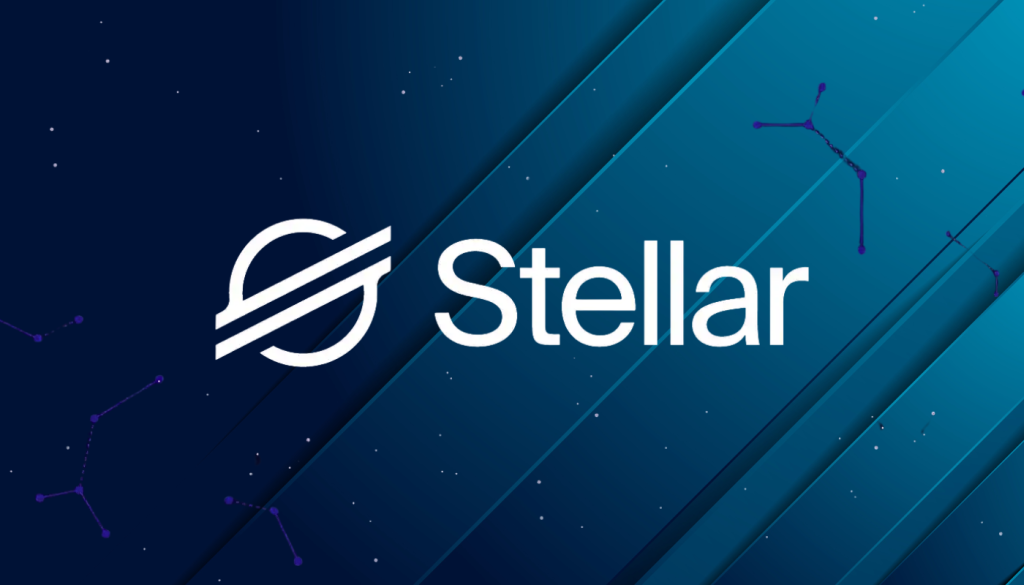Stellar (XLM) is a decentralized payment protocol designed to facilitate low costs, almost measurement limit transaction. Manufactured by the Stallopment Foundation (SDF), it enables global economic connection, especially for the UNBANK population. The real world tool, supported by Enterprise Integration and a truncated supply, is still an important player in the XLM blockchain payment area.This article offers a complete breakdown of price projections, including the most recent stellar price prediction 2025, using adoption data, ecosystem growth, and token dynamics.
What Is Stellar and How Does XLM Work?
The stallion is an open source -layer -1 blockchain protocol that was launched in 2014 by Z McCelab. This consensus unanimous protocol (SCP) uses a federated Byzantine agreement system that validates the transaction without mining. The native token XLM of the Steller network plays three main roles:
-
Acts as a bridge for cross-asset transfers
-
Serves as a fee token to prevent spam
-
Supports liquidity pools and decentralized exchanges (DEXs)
Its average transaction fee is only 0.00001 XLM, making it ideal for small remittances. The protocol supports USDC and other stablecoins and is used by organizations like MoneyGram, IBM, and Circle. As of 2024, the total supply is capped at 50 billion, with over 28 billion in circulation.
Historical Price Performance of Stellar (XLM)
Stellar has experienced notable price cycles over the past decade:
-
2018 ATH: Reached $0.93 in January 2018
-
2021 Bull Market: Peaked near $0.70 in May 2021
-
2023–2024 Range: Consolidated between $0.08 and $0.12
The top 30 is in the top 30 cryptocurrency of the XLM market share. In mid -2024, market capital is about $ 3 billion with $ 60 million daily trade volume. Its flexibility between market fluctuations emphasizes its real use and institutional support.
Key Catalysts for Stellar’s Price Growth
XLM’s growth is driven by technical, macroeconomic, and institutional factors:
-
Remittance Demand
Platforms like MoneyGram and Flutterwave use Stellar rails to enable cost-efficient remittances in Africa, Europe, and Southeast Asia. -
Stablecoin Integrations
USDC and EURC operate natively on Stellar. This enhances liquidity and provides seamless FX alternatives. -
CBDC Exploration
Stellar is used in CBDC sandbox trials by countries such as Ukraine and Brazil, with EU engagement increasing. -
Smart Contract Launch
Soroban, Stellar’s new smart contract engine, enables DeFi, NFT, and tokenized asset applications, expanding utility beyond payments. -
Regulatory Edge
Stellar’s nonprofit status and transparent operations align well with regulatory expectations globally.
Stellar (XLM) Price Prediction 2024
By the end of 2024, XLM’s forecasted range is $0.10–$0.18 under neutral market conditions.
-
Growth Scenario: Increased stablecoin usage and new CBDC partnerships can push XLM toward $0.18 or higher.
-
Moderate Scenario: Continued remittance flows and Soroban development maintain a range of $0.12 to $0.15.
-
Risk Scenario: Regulatory delays or low adoption may cause consolidation near $0.08–$0.10.
SDF reports over 50 million operations weekly on-chain, with active anchors and fiat on-ramps expanding across regions.
Stellar Price Prediction 2025
The stellar price prediction 2025 estimates XLM may reach a value between $0.20 and $0.40, depending on adoption and market momentum.
-
Bullish Forecast: If Soroban smart contracts reach critical usage levels and CBDC integrations are finalized, XLM can test $0.35–$0.40.
-
Mid-Term Projection: A range of $0.22 to $0.28 reflects stable development, growing retail usage, and continued fintech partnerships.
-
Low-End Scenario: If crypto markets stagnate, XLM may remain capped under $0.18–$0.20.
Main factors in 2025 include Smart Contract Perinogenal Extension, StabelCoin Veg On-Chain, NGO Payment Program and Traditional Financial Adaptation Through Steller Anchor Network.
Stellar (XLM) Price Prediction 2030
By 2030, XLM’s price potential spans from $0.80 to $1.50, depending on macro-level blockchain adoption and regulatory outcomes.
-
Institutional Usage: Stellar’s integration with ISO 20022-compliant systems, banking APIs, and CBDCs could propel large-scale enterprise use.
-
Developer Ecosystem: Soroban could host DeFi platforms, real-world asset markets, and Web3 apps with high throughput.
-
Global Utility: Humanitarian aid, cross-border payroll, and migrant remittances will support core Stellar adoption.
By 2030, Stellar’s scalability, cost-efficiency, and decentralized governance could help it become a global blockchain financial layer.
How Stellar Compares With Competing Protocols
Stellar directly competes with other payments and enterprise-layer protocols:
| Protocol | Focus Area | Consensus | Key Difference |
|---|---|---|---|
| Ripple | Banking sector | Federated BFT | Centralized node control |
| Algorand | Smart contracts | Pure Proof of Stake | Lacks global remittance use |
| Hedera | Enterprise apps | Hashgraph | Permissioned node structure |
| Stellar | Remittances, CBDC | SCP | Low-cost public infrastructure |
Stellar’s open governance, fiat gateway directory, and mission for financial inclusion give it an edge, particularly in emerging economies.
Real-World Adoption and Use Cases
XLM’s practical utility extends to:
-
Cash-in/cash-out via MoneyGram
-
Microfinance and NGO disbursements in South America, Africa, and Southeast Asia
-
Tokenized asset settlement using stablecoins like USDC and EURC
-
P2P payments in low-fee and mobile-friendly applications
Stellar’s increasing partnerships with fintech platforms and government agencies ensure persistent demand for the token.
Should You Invest in Stellar in 2025?
Stellar offers real-world payment use, robust developer tooling, and proven scalability. The stellar price prediction 2025 positions XLM as a mid-cap crypto asset with strong upside tied to adoption metrics.
For long-term investors seeking utility-based coins, Stellar provides a compelling case. It offers:
-
A fixed token supply (50 billion cap, deflationary burn completed)
-
Strong remittance network growth
-
DeFi expansion potential with Soroban
-
Favorable positioning with regulators and enterprise players
While short-term volatility is always possible, Stellar’s foundation gives it a more durable investment thesis than many speculative tokens.
Final Analysis
The stallion continues to distribute on its original vision - the construction of open, available economically rail run by blockchain. The duration of 2024-2030 will be shaped with the ability to capture institutional currents, enable smart contracts and score stablecoin infrastructure globally.
The stellar price prediction 2025 between $0.20 and $0.40 reflects these opportunities and risks. Meanwhile, longer-term projections up to $1.50 by 2030 remain plausible with mass adoption and regulatory clarity.



